The rise of KRAS inhibitors marked the end of the “undruggable” era—but tumors adapt swiftly. Resistance often stems from a cooperative reactivation between mutant and wild-type RAS. This sixth installment dissects the molecular basis of this cooperation and explores emerging strategies under the concept of Systems RAS Therapy.
1. The Nature of Resistance — KRAS Cancers as Network Diseases
Following KRAS inhibition, tumors typically rebound within weeks. Rather than single mutations, the culprit is network rewiring across the RAS pathway. Activated (GTP-bound) RAS signaling shifts from mutant KRAS to wild-type isoforms—a phenomenon known as RAS Isoform Switching or RTK-RAS Relay.
In PDAC, for instance, inhibition of mutant KRAS leads to upstream RTK activation (EGFR, FGFR), reigniting ERK signaling via WT-RAS. This is not “mutation escape” but a systems-level reconfiguration.
2. SHP2 and SOS1 — Cutting the Relay Switches
SHP2 transduces RTK signals to RAS and is essential for WT-RAS rebound. SHP2 inhibitors (TNO155, RMC-4630) combined with KRAS blockers extend response duration nearly threefold in preclinical studies.
SOS1, a guanine nucleotide exchange factor, reloads RAS with GTP. SOS1 inhibitors such as BI-1701963 are effective in RTK-hyperactive tumors, sustaining ERK suppression when paired with KRAS inhibitors.
3. Wild-Type RAS — From Bystander to Target
WT-RAS was long viewed as untouchable, essential for normal physiology. Yet recent Science Signaling work (2024) demonstrates that modest WT-RAS suppression prevents rebound in mutant-dependent cancers. This is not about turning RAS off—but tuning its amplitude.
RAS is no longer a binary switch, but a volume control governing cellular balance.
4. Network Pharmacology — The Logic of Multi-Node Modulation
Multi-node, partial suppression prevents compensatory overdrive. This approach—Network Pharmacology—redefines precision therapy:
- KRAS + SHP2 + immune checkpoint blockade
- KRAS + SOS1 + low-dose PI3K/mTOR
- KRAS degrader + partial MEK + metabolic modulation (GLS1, LDHA)
Rather than blockade, the goal is RAS Network Steering—guiding signal flux toward equilibrium.
5. Immuno-Metabolic Cross-Talk
Resistance involves both immune suppression and metabolic rewiring. After KRAS inhibition, tumors shift toward OXPHOS metabolism and reactivate interferon pathways, creating an opportunity for synergy with immune checkpoint inhibitors. Conversely, WT-RAS-driven ERK rebound amplifies MDSCs and CAFs, rebuilding immune suppression. Thus, metabolic reprogramming plus immunotherapy stands central to overcoming resistance.
6. AI and Systems Analytics — Toward “Learning Therapies”
The RAS network represents a nonlinear, adaptive system. Reinforcement-learning models are emerging to tailor dosing sequences dynamically—optimizing order and intensity of RAS(ON) inhibition, SHP2 blockade, and immunotherapy. Bayesian simulators are beginning to power truly adaptive clinical designs where therapies “learn” from patient responses in real time.
7. The Concept of RAS Rebalance Therapy
Rather than halting RAS entirely, therapy should recalibrate it—restoring equilibrium between mutant overdrive and physiological WT signaling. This RAS Rebalance Therapy embodies a shift from suppression to orchestration, bridging oncology, aging, and regeneration.
8. Author’s Perspective — The Era of Control Medicine
Overcoming resistance is not about fighting harder, but understanding deeper. RAS biology exemplifies a controllable dynamic system. With AI, quantum computation, and precise pharmacology, we are entering the age of Control Medicine—where therapy means mastery, not brute force.
This article was produced by the Morningglorysciences Editorial Team.
Related articles







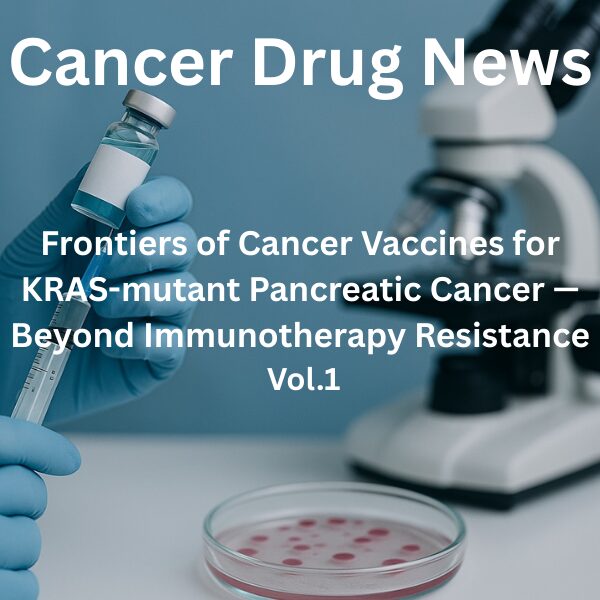
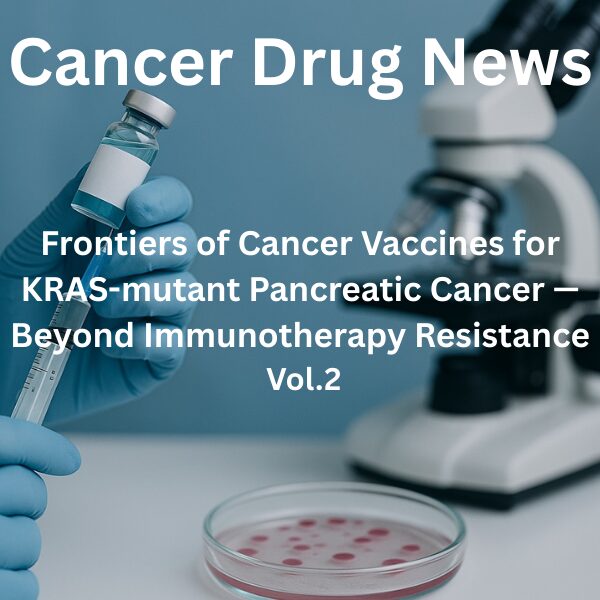
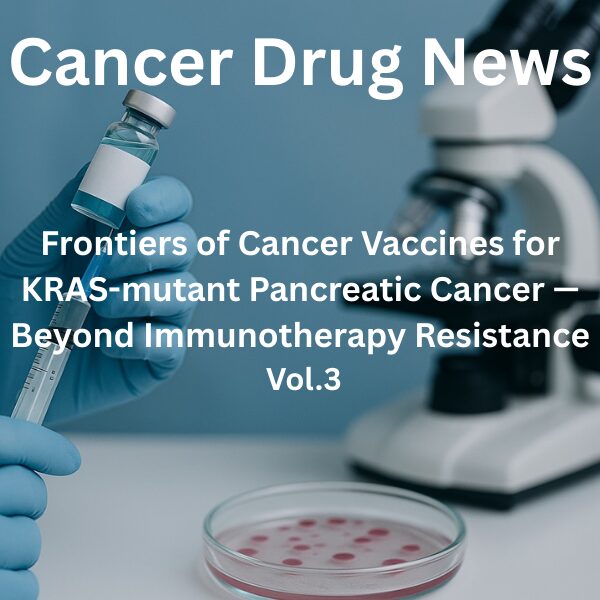
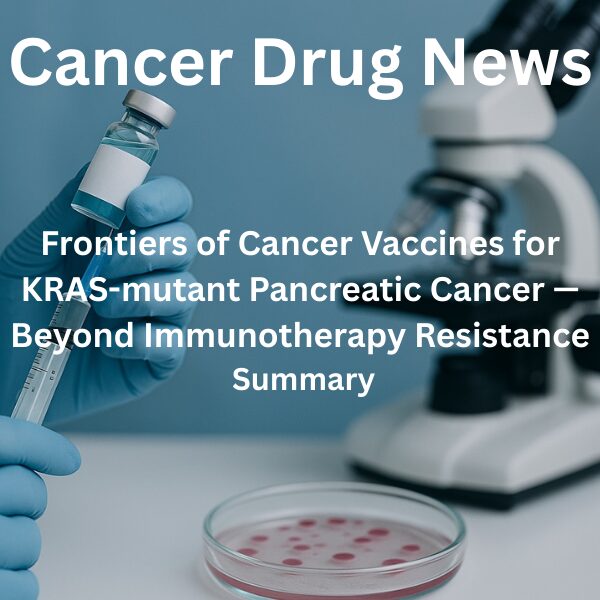


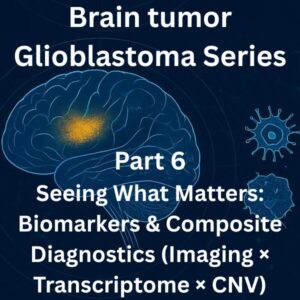
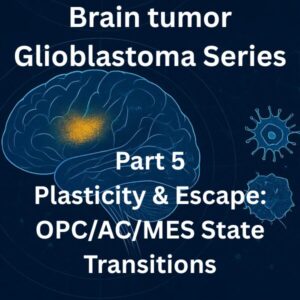
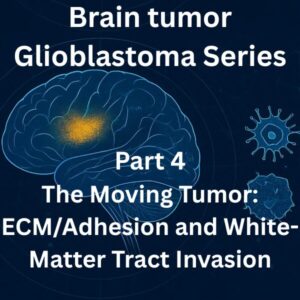
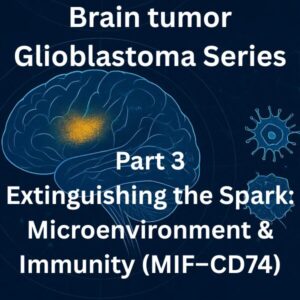
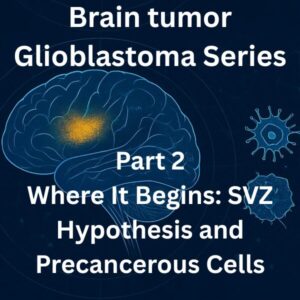
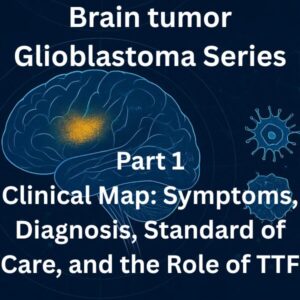
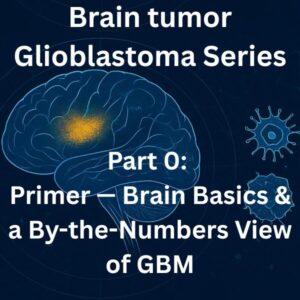
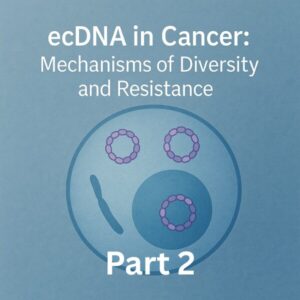
Comments